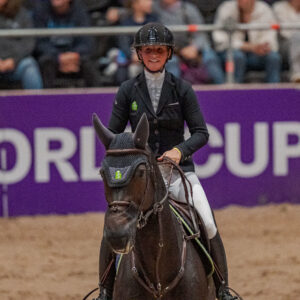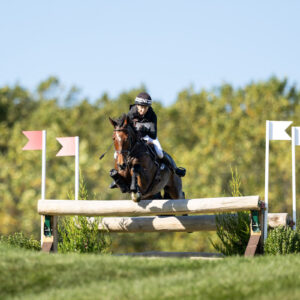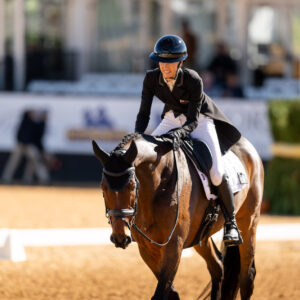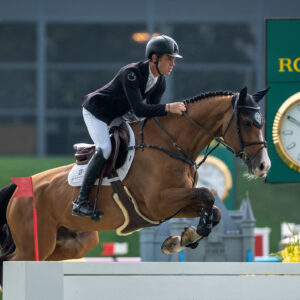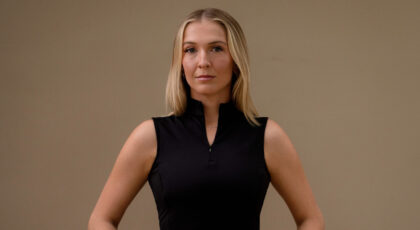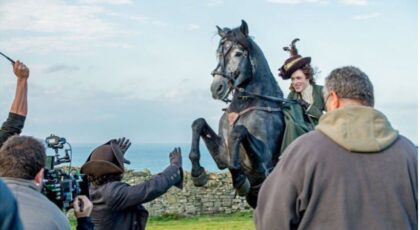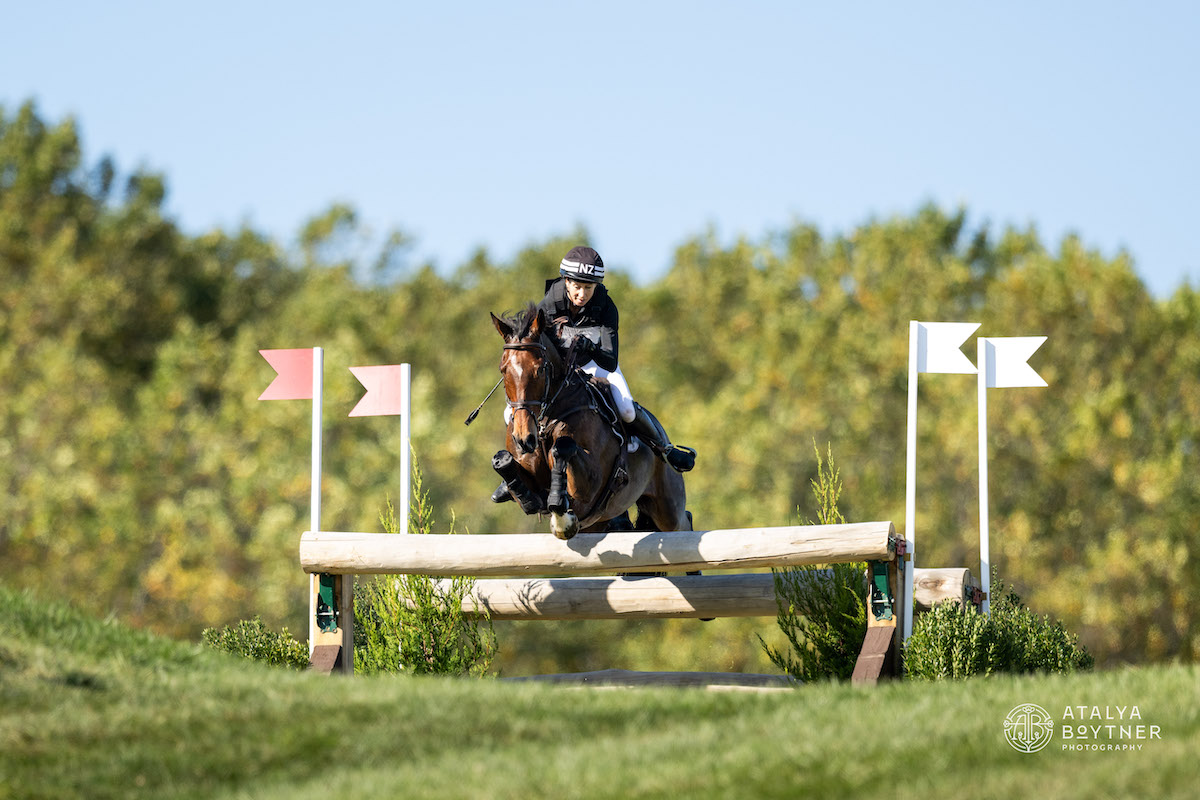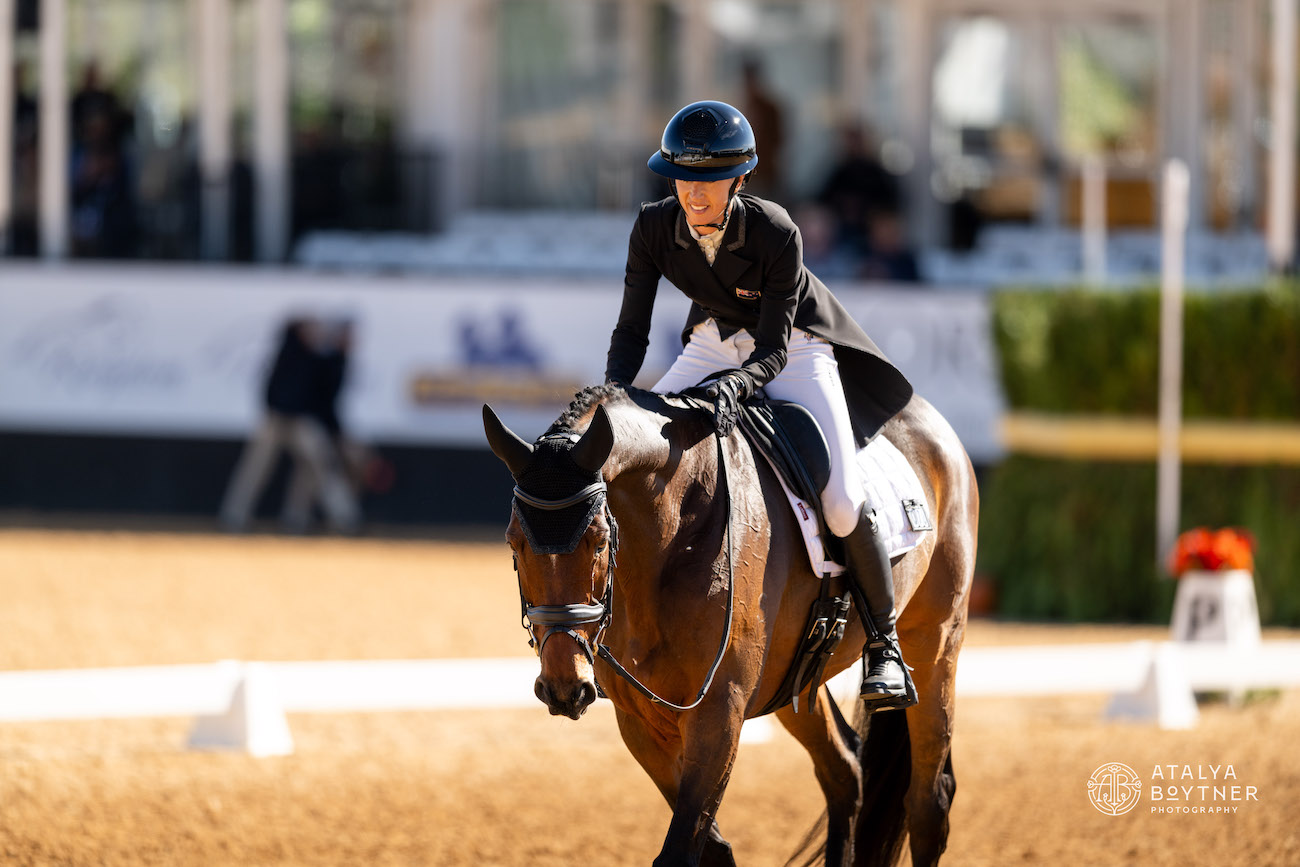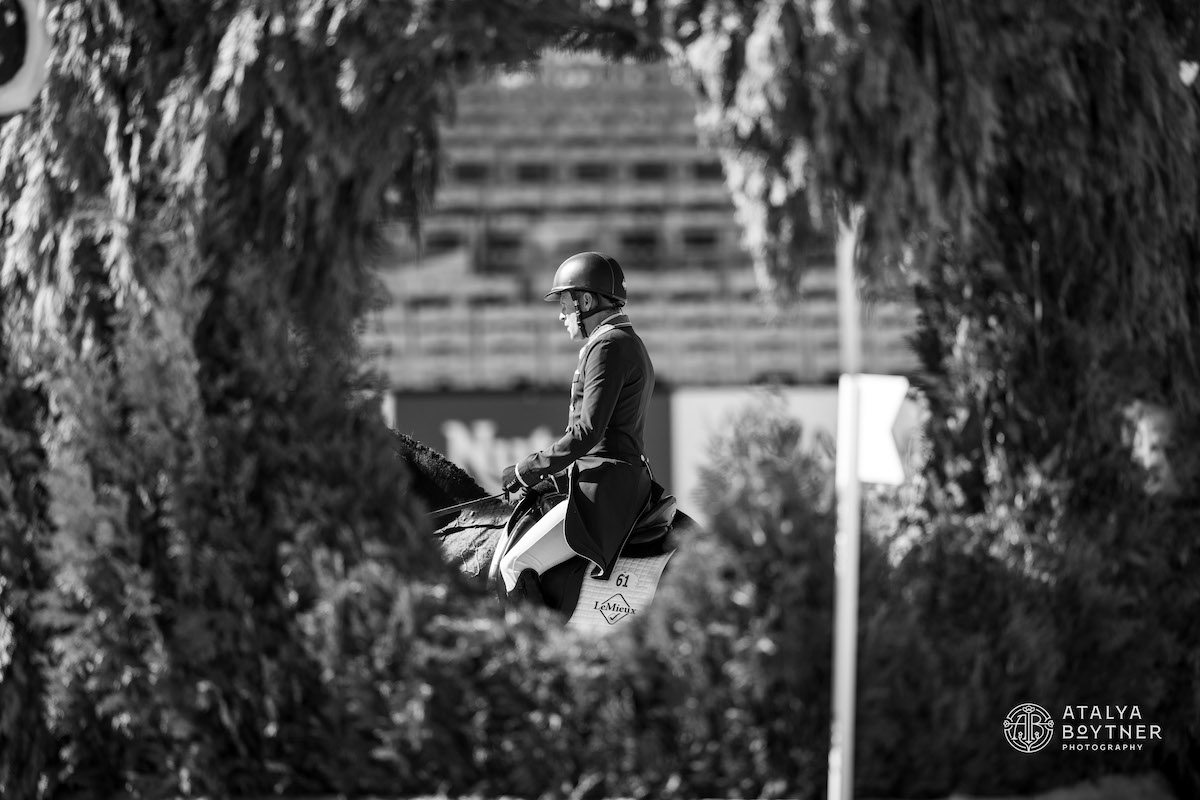Whew!
There was a moment just before the release of Horse Brain, Human Brain when I thought my work on the book was done. Instead, it was released three weeks early during the worldwide covid-19 lockdown, and… Surprise! I have been scrambling ever since, grabbing mane to keep up.
My three-year-old gelding True takes it all in stride. Despite the busy nature of my life, I exercise him every day. Well, OK, not every single day… but usually six days a week while he is young.
Horses—and adults, children, dogs, mammals of all kinds—learn best with daily lessons that are relatively brief. Consistent, regular work has many advantages.
First, it keeps the young horse on track with his new knowledge and skill. If there isn’t time to plan training sessions, at least there is time to review what the youngster already knows.
Second, it keeps him in shape. Many of the new tasks we teach a horse are difficult from a physical point of view. For example, the development of a round topline and carriage within even a long frame demand specific types of muscle tone in the horse’s neck, back, and hindquarters. If those muscles are not developed, the young horse not only will not, but can not, provide the kind of form a trainer requests. There’s no sense asking a horse to do what his body is not yet able to do. It only serves to frustrate both members of the horse-and-human team. And frustration, nerves, angst, worry is never the mindset that generates strong learning.
Third, daily riding can be a sanity program. It certainly is for me, and you might find it helpful, too. Amidst the pressures of everyday life and the added demands of oh, say, global pandemics and runaway books, the human mind benefits tremendously from a daily dose of plain old horse sense. Ride a horse for 45 minutes, and the world looks a little simpler when you hop off. Enter his mind, see the world like he does, trot a mile in his big shoes, and you are really giving yourself some time away from mental stress. Afterward, it’s much easier to return to human problems with an eye toward solutions.
Fourth, horses are humbling. Oh, so very humbling! Just when you think you’re on top of your game, your new book is being received with interest, your life is thrumming along on all cylinders… that’s when your horse will remind you of your human foibles. Think you’re hot stuff? OK, hop on here and canter me past that scary tree waving in the wind. Got a great seat? Yeah, well, see how this twisty new buck suits you. Horses don’t plan, of course, but every now and then ya gotta wonder whether their timing is purely accidental.
So when things get too busy, stay on task but carve out an hour a day for you and your horse. You’ll be more productive in the long run, and your horse will maintain his position along the learning curve both physically and mentally.
Related reading:
Brain-Based Horsemanship is a weekly column that chronicles Janet Jones, PhD, and her journey with True, a Dutch Warmblood she trained from age three using neuroscience best practices. Read more about brain-based training in Jones’ award winning book Horse Brain, Human Brain.
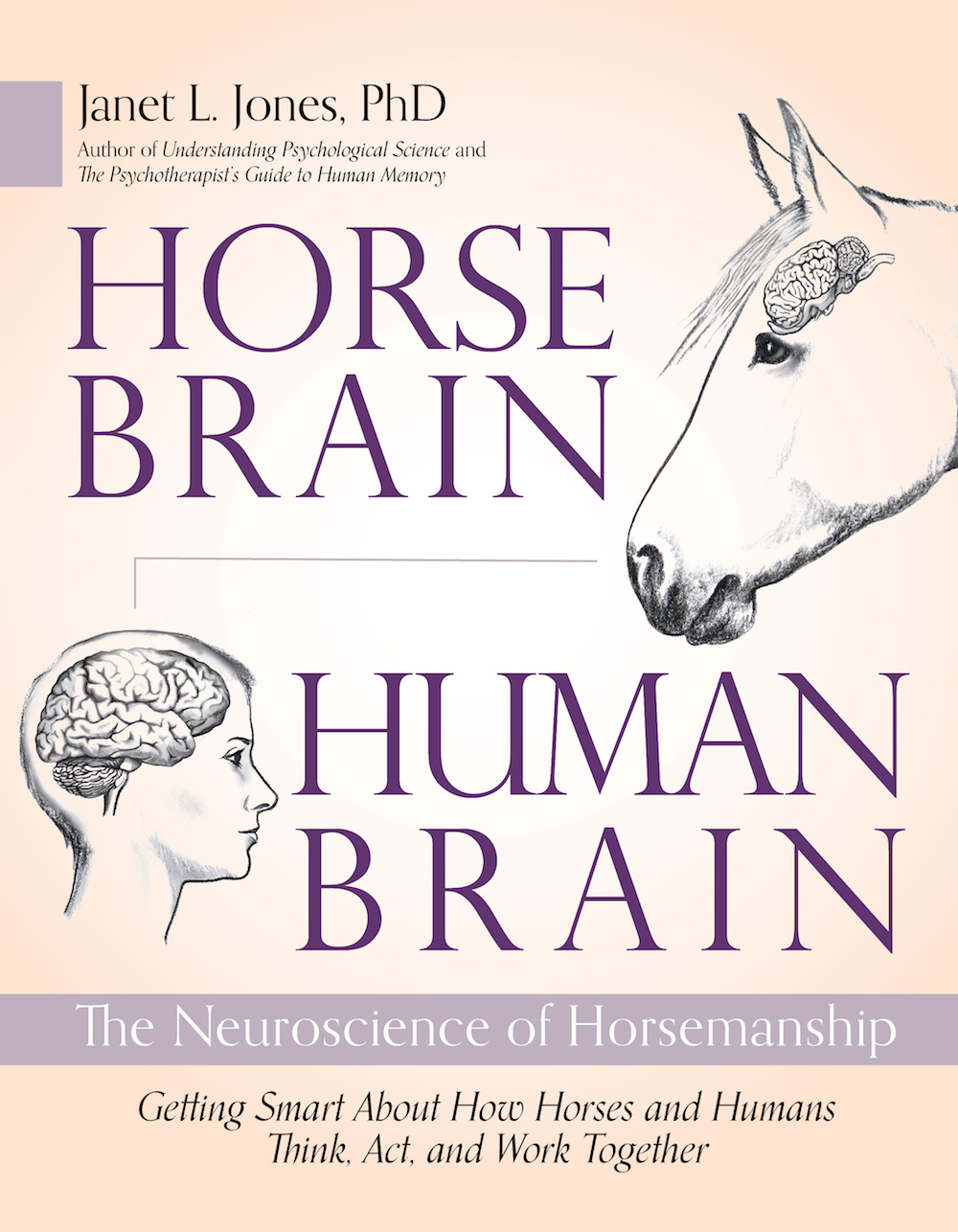
This story originally appeared on janet-jones.com. It is reprinted here with permission.


 April 25, 2023
April 25, 2023 






